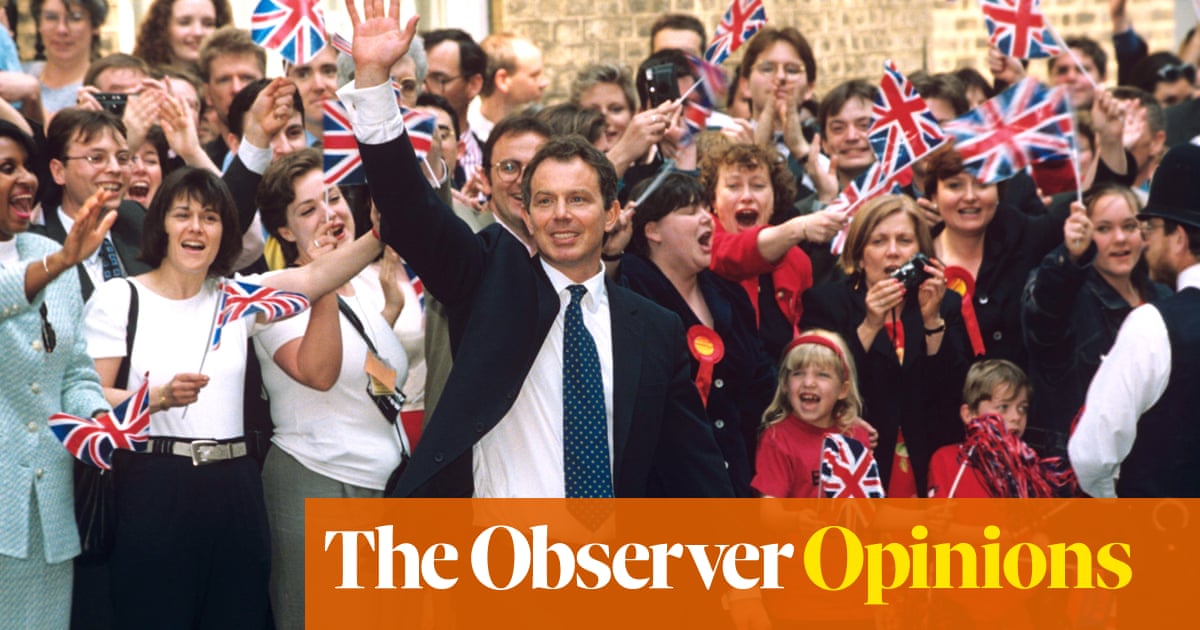
The UAE economy has been stuck in a rut. For most of the past couple of years, the country’s leading economic indicators have been becalmed, if not actually falling.
Last year, GDP growth for the Emirates as a whole was just 1.3 percent, according to the International Monetary Fund. Other observers are more pessimistic; London-based consultancy Capital Economics believes it was actually more likely to have been just 0.5 percent, a virtual no-growth level.
The country’s financial markets have been in the doldrums over the same period, with all the big market indices struggling to get out of a tight trading band. As soon as they show any genuine promise, the profit takers are ready to pounce to get some of their investment back. It’s a classic bear syndrome.
Local property markets show no sign of recovery either. Sales prices and rents have been in a determined downward pattern, with even some of the former Dubai “hot spots” — the Marina, Downtown, JBR — struggling to see any improvement.
To some degree, it is a tale of two cities. Abu Dhabi, the big oil-exporting emirate in the seven-unit federation, has of course been struggling with the effects of lower oil prices and production limits agreed by OPEC. In response to falling crude prices, it has swung the axe with venom, cutting public spending and expatriate employment numbers.
Dubai — with hardly any oil but still benefiting from the regional oil feel-good factor — has been less austere, working toward a deadline for the hosting of Expo 2020 that cannot be missed. That’s resulted in a higher level of economic activity than in the capital. But even so, the Expo factor still has not really kicked in.
So what went wrong? The UAE economy faced an existential threat during the global financial crisis, especially in Dubai where the levels of borrowing by government-related entities reached levels that threatened to overwhelm the emirate’s economy, but with a little help from the capital it was able to pull out of that nosedive and renegotiate debts on to long-term schedules.
The UAE as a whole recovered quickly from the experience, and, with lessons learned from the crisis, looked set fair for the future. But for at least the past couple of years that promise has not really materialized.
It’s mostly about oil, of course. Abu Dhabi would probably agree with the IMF now that it reacted too quickly and too sharply to the oil price falls in the summer of 2014, and that the fiscal austerity it imposed then has been counterproductive.
With some stability regained owing to OPEC’s “Vienna Alliance” on supply and healthier prices, austerity should be eased this year. Do not expect a burst of fiscal expansion from the capital’s economics policymakers, but an end to the cuts can be expected.
In Dubai, the Expo factor should finally arrive this year. There is a big expansion planned in government spending — as much as 20 percent higher than last year — of which a large part is earmarked for employment-generating infrastructure relating to the Expo. The non-oil sector across the UAE should benefit.
The financial centers of both cities are looking to benefit from their own internal momentum, as well as from the new business that will be drummed up in the big economic transformation under way in Saudi Arabia. Both Dubai and Abu Dhabi hope to act as “gateways” to the Kingdom, and maybe that will pay off.
The UAE as a whole recovered quickly from the global financial crisis experience, and, with lessons learned from the crisis, looked set fair for the future. But for at least the past couple of years that promise has not really materialized.
Frank Kane
There is no guarantee of that, however; Saudi Arabia itself is ramping up its financial sector to accommodate the new interest in the Kingdom from the rest of the world.
Otherwise, the UAE will have to fall back on its three Ts: trade, transport and tourism. The first is reasonably healthy, with decent increases in recent volumes and profits from DP World, the leading port operator in the region and a proxy for regional trade.
The equivalent for transport is Emirates Airlines, which is back in growth mode after a collapse in profits in 2016-17. Transatlantic business is getting stronger each month, with some routes to the US reopened or re-equipped.
Tourism is baffling. If you go to one of the top Dubai hotels or malls on virtually any night of the week you would struggle to see any problem. But the evidence is that revenue, occupancy and footfall are under pressure.
The feeling is that Dubai is becoming a bit too pricey, an impression reinforced by the introduction of VAT in January. Inflation rates spiked after that, but should moderate over the rest of the year. The figures for 2018 consumer spend will be all-important.
The consensus among the economists is for UAE GDP growth to hit 3 percent this year, rising to 3.5 percent by 2020. But the variables — the oil price, threats to world trade and regional geopolitics — remain as ever-present risks.
Frank Kane is an award-winning business journalist based in Dubai. Twitter: @frankkanedubai












